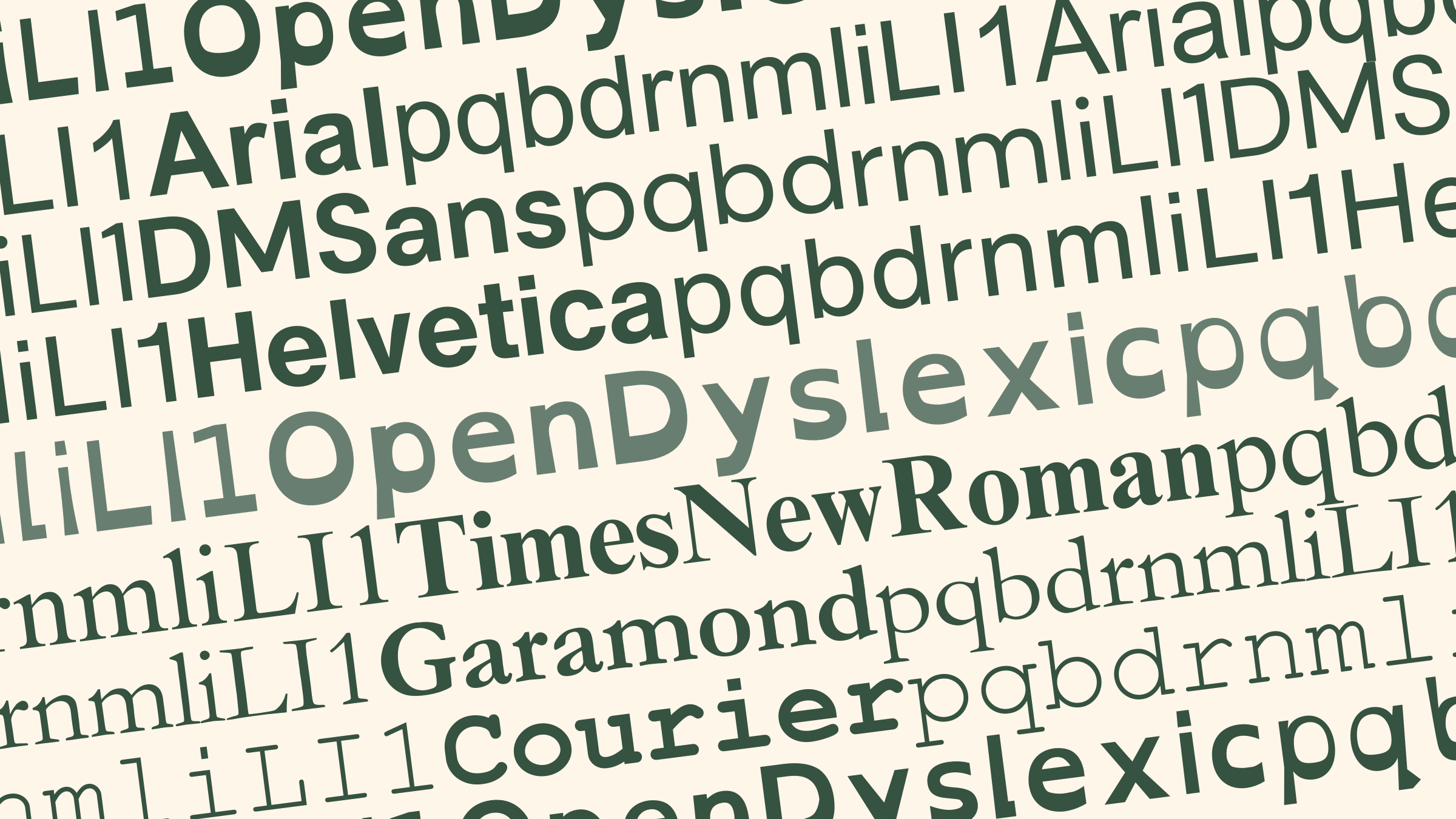Written by Ryan Novack
In my six years as an English teacher, I have found that, frankly, many students do not like to read, especially long texts. Probably the smartest comment I have heard about why students do not like to read was in my first year of teaching. I handed out a two-page article for the students to read, and I received a chorus of heavy sighs and defeated chair-slouches. I asked the class, “why don’t you like to read?” One student raised her hand and said, “It takes too long.” I then launched into a mind-numbing lecture about the joys of reading and why spending time reading long texts will improve their lives, make them world leaders and help them to achieve great success in their love lives.
Instead of lecturing this rather honest student, I should have taken a step back and realized that, in their lives, each bit of information comes at them at lightening speed and in very short, pithy sentences. From their perspective, a two-page article must seem like “War and Peace”. It was after that lecture, and on my way home that I realized the importance of pre-reading and spending some time allowing the students to find their own “on ramp” to the reading. I found pre-reading to be a better solution to lecturing them about the joys of reading, because, we all know they are not going to automatically believe us when we tell them that reading is good for them. They have to discover it for themselves.
The most important step in pre-reading is predicting. Predicting is achieved through strategic scanning of the text and considering, through their own observations, what the text entails in terms of its tone, its content and its general purpose.
Even as experienced readers, we go through the pre-reading steps. Each time I pick up a book, the first thing I do is read the front and back cover, I read the first paragraph, and I’ll check to see how many pages the book has. Based on this observation, I come up with a certain idea of what I am about to get myself in to. Once I start reading, I’ll make certain predictions early on about which characters will fall in love, or which of the characters is the good guy or the bad guy, and of course, I try and guess the ending.
When we do pre-reading in our classrooms, we are teaching reading skills, that’s a given. However, the more important lesson we are teaching is a habit of mind; habits of mind that good readers use in order to actively engage with the text. When you read, you may not predict as explicitly as you are asking your students to do in the classroom, but you are showing them the habit of mind, albeit stretched out and expanded.
Teach prediction
Before the student reads the whole article, I ask them to identify certain aspects of the text. If we are reading an article, I’ll ask them to identify the publication, and any photos. I then ask them to read the first and last paragraphs and do a quick search on their cell phones or on a computer about the author. Once they gather this information, they will have certain ideas about the topic. If this article, for example, is from the Fox News website, they will understand that it has a different point of view than an article from Maxim Magazine. This information alone will provide the students with many ideas about the reading.
Next I ask questions. As an example, when I had the students read a profile piece from a past year’s yearbook, the first thing I did was asked them to identify the section of the yearbook that the profile was in – in this case, it was sports. I asked them to identify which sport it was – in this case, football. I asked them to read the first three sentences of the piece and then the final sentence, and then I gave them a series of questions:
- What do you think is the author’s opinion of this subject in this profile?
- What kind of questions do you think the author asked the subject in the interview before writing this piece?
- How do you think the subject of this piece will respond to questions about what he wants to do in his future?
- Why do you think he will respond this way?
- What do you think are some verbs that the author will use in this piece?
- What do you think are some adjectives that the author will use in this piece?
- What do you think the author’s purpose is for writing this piece?
These are a few examples of the questions I have asked in the past. You can add any question that you feel will help the students to examine the text before they read it.
All of the above questions are meant to ask the students the same questions you will ask them in the reading section of the lessons. By asking them before hand, they are setting themselves up to be active readers. The questions are meant to start a conversation about the piece, but the conversation is solely based on the students’ own ideas and their own knowledge.
These questions are transferable to any type of text as well. I use similar questions if the students are reading articles from newspapers or magazines. These questions can even transfer to a lesson you are teaching about good caption writing. In a pre-reading lesson about captions, it is important that you find a way to cover the captions and have the students make their predictions based on the subjects of the photos, and the general mood and tone of the photo. When I am doing close reading lessons on captions, I spend a lot more time on the language of the caption and how that language will match the tone of the photo.
Create discussion
After the students are finished answering these questions on their own, I have them turn to the person next to them and discuss their answers. This small group discussion is always done in an organized fashion, where each student is given a certain amount of time to talk without being interrupted and then the next person speaks without being interrupted. Then they are given a minute or two to discuss the similarities in their answers. This small group discussion allows the students to discuss their pre-conceived notions on the topic at hand in a safe environment where the fear of speaking in large groups will not keep them from sharing their ideas.
After the small group discussion, I bring the class back together and we have a large group discussion. I found during this lesson that the students brought many different ideas about football players and they shared many different ideas about what they feel people their age want to do with their futures. Some ideas were very positive, and others were cynical. While the conversations were wide ranging, it allowed the students to discuss the topics in a way where they were the experts and their own ideas drove the conversation.
By asking the students to predict the verbs and adjectives that will be used in the piece allows them to predict the tone and style of the piece. When we bring the class back to the large group discussion and a student responds to a question regarding the language, I am always careful to follow each response with one magic word: why? When I ask “why” I am trying to get the students to justify their answers, but more importantly I am asking the students to identify the connection between vocabulary with tone and/or vocabulary and the intended audience.
By asking the students to identify the author’s purpose for writing this piece, I am trying to focus the students’ attention on the fact that, when an author is writing, they have a purpose and they are trying to persuade the reader in a certain way. When the author knows their purpose, they target every aspect of the text to reach that purpose. They will use certain vocabulary, certain sentence structure and will structure the text in a way that will help them to achieve their goal.
These pre reading lessons can take an entire class period, or they can take 5-10 minutes. The amount of time you spend on pre-reading is up to you and your knowledge of the skills in your class. But this important step will enhance the reading process because students are activating the lessons from their own perspective and, by the time they get to reading the text they will be more engaged because they now have a personal stake in the text.
In the next blog, I will discuss active reading strategies where the students will analyze the text for its structure and how that structure lends to the author’s intention.






